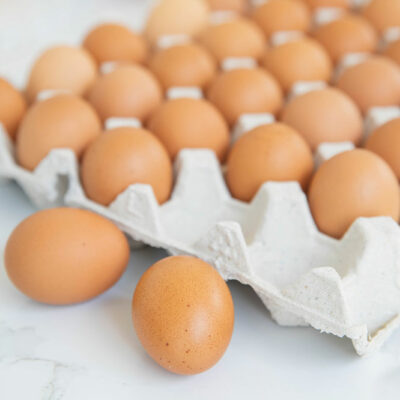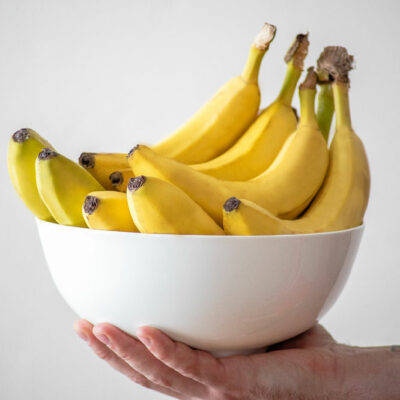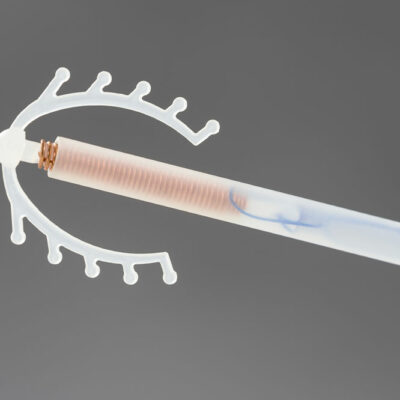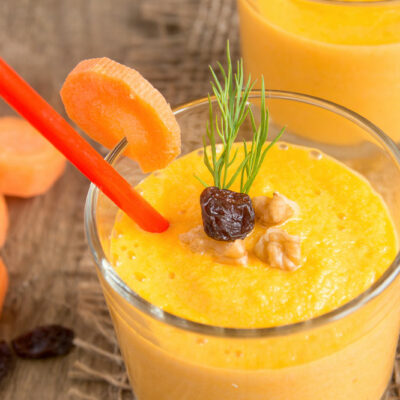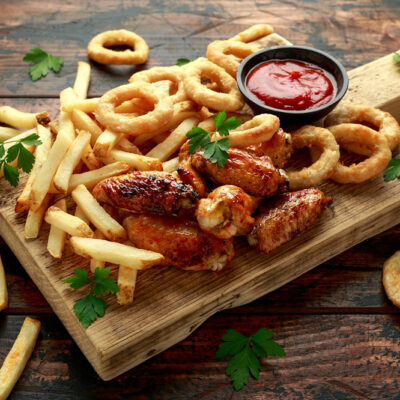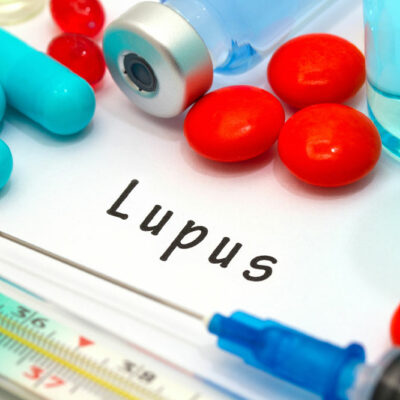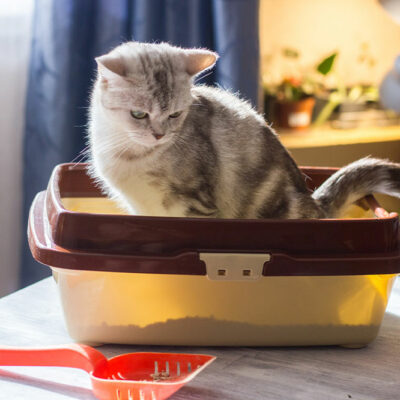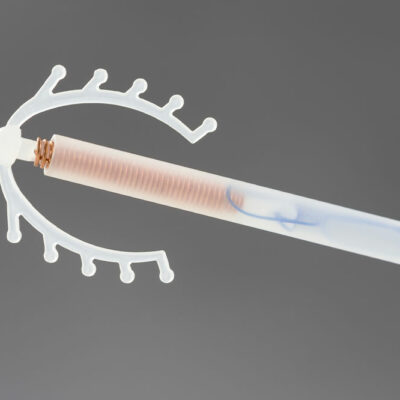
health
Common IUD side effects and how to tackle them
Intrauterine devices (IUDs) are a popular form of birth control. Shaped like a “T,” they are inserted towards the top of a woman’s uterus to prevent sperm from reaching and fertilizing the egg. There are two forms of IUDs: hormonal and non-hormonal. Both have different side effects on different people, and users often experience them in the first few weeks of insertion. But the good news is that the side effects can be managed. What are the side effects of IUDs? The most common side effects are irregular bleeding for a few months, pain, cramping, dizziness, and lighter/shorter periods or no periods at all. Women may also experience premenstrual syndrome (PMS) with symptoms like headaches, nausea, breast tenderness, or skin blemishes. Other rarer side effects include cysts on the ovary and infections due to bacteria entering the cervix or uterus. Sometimes, IUDs can shift or get displaced in the uterus, increasing the risk of embedment (or when the device attaches to the wall of the uterus), perforation (when the IUD goes through the wall of the uterus), migration (when the IUD moves to a different location in the uterus), and expulsion (when the IUD moves out of the uterus). How to tackle the side effects?
